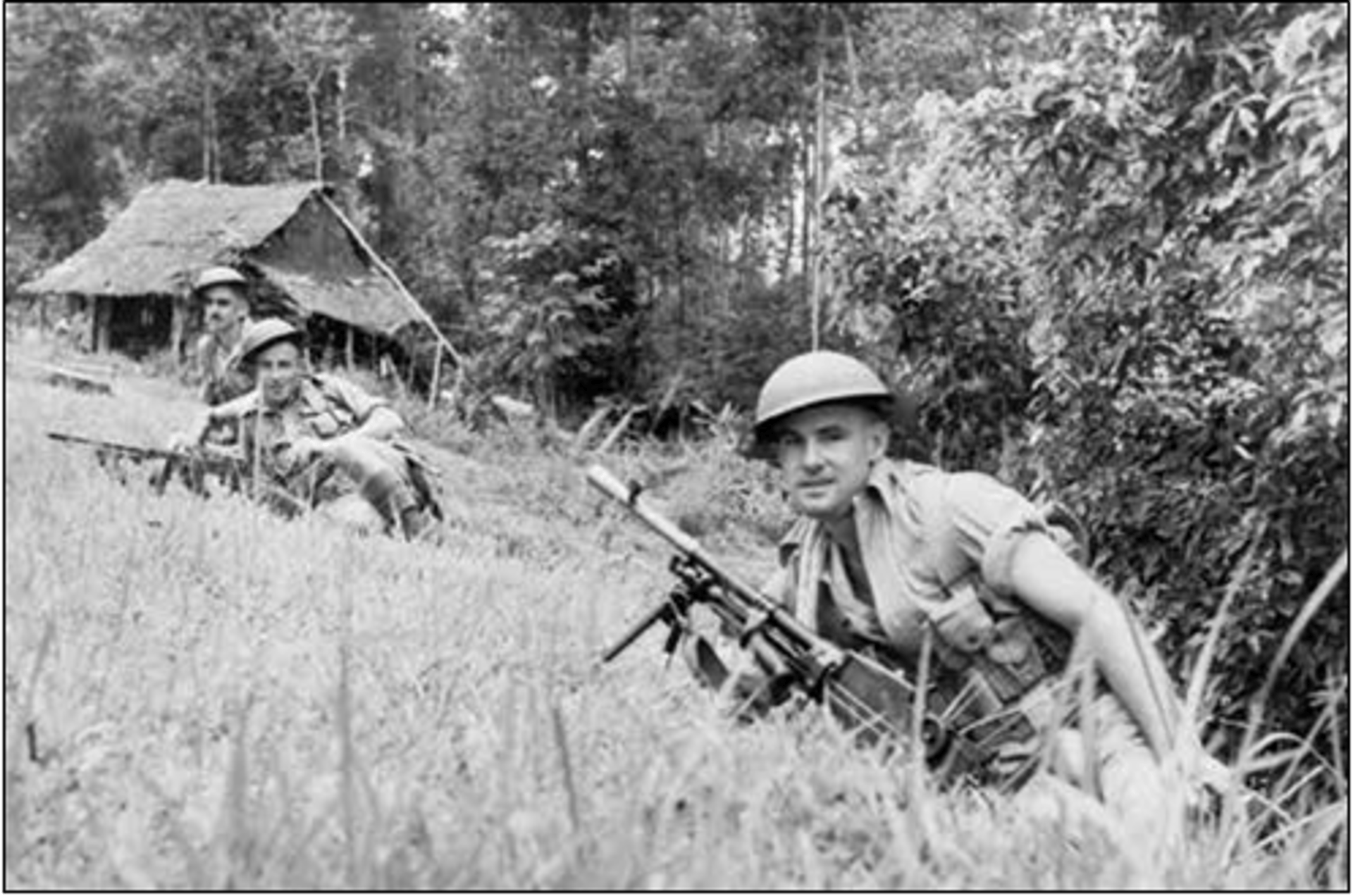
You didn’t come this far to stop
The Jungle Training Dilemma – A Missed Opportunity
Episode 39: The Misleading Notion of Jungle Training and the Failure of Doctrine
The term "jungle training" during the Malayan and Singapore campaigns of World War II was largely misunderstood. Contrary to popular belief, there was no substantial doctrine or comprehensive knowledge on jungle warfare at the time. General Percival’s command faced major hurdles due to limited training resources, and while solutions existed within his own ranks, they were largely ignored. This episode delves into the leadership failures in preparing for jungle warfare and explores Lieutenant Colonel Ian Stewart’s efforts to develop an effective jungle doctrine that could have changed the course of the Malayan campaign.
WW2 HISTORYDESCENT INTO HELLIN THEIR FOOTSTEPS BLOG
Toursofwar.com
8/21/20246 min read
Organizational Deficiency at Malaya Command
The Staff Structure Problem
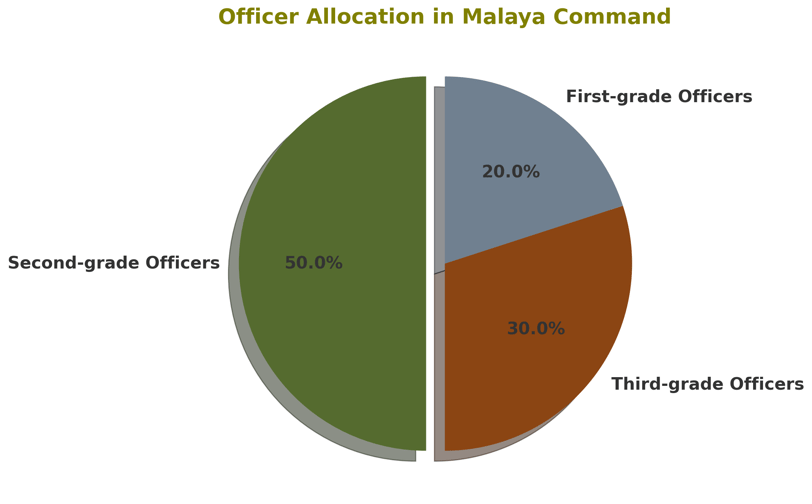

Key Points:
Lack of a clear doctrine for jungle warfare.
Insufficient resources and expertise in Malaya Command.
Junior staff officers overseeing critical jungle training efforts.
The British forces in Malaya were handicapped from the start by an inadequate training structure. General Percival had only a second-grade and third-grade officer overseeing jungle training, which meant that innovation and adaptation to jungle warfare were severely limited. These officers, despite their efforts, lacked the authority and experience to make meaningful changes.
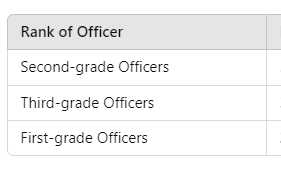

Percival’s training dilemma was evident as his team lacked the resources and expertise to create a substantial doctrine for jungle warfare. With only junior staff managing this crucial element, Percival’s command was always going to face an uphill battle in adapting to the challenging terrain of Malaya.
Pioneers in Jungle Training
The Argyle and Sutherland Highlanders
Lieutenant Colonel Ian Stewart quickly recognized that jungle warfare required a completely different approach. He was determined to train his men rigorously for combat in the jungle, which earned his battalion the nickname “Jungle Beasts.” Stewart led his men through challenging exercises, including cross-country jungle marches, ambush scenarios, and survival training.

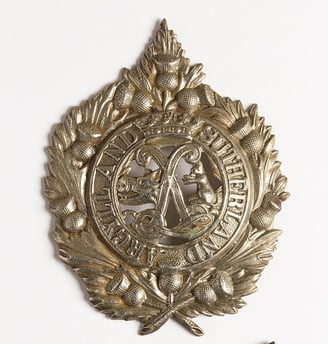
Key Training Focuses:
Cross-Country Movement: Navigating dense jungle terrain.
Live-In Training: Soldiers were required to live in the jungle for extended periods to simulate real conditions.
Ambush Preparation: Learning how to set and execute ambushes effectively in the jungle environment.
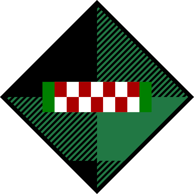

While most British battalions were focused on traditional military drills, Stewart understood that jungle warfare required a different set of skills. His men were better prepared for combat in the dense jungle, but unfortunately, his methods were not adopted across the wider British command.


Did You Know?
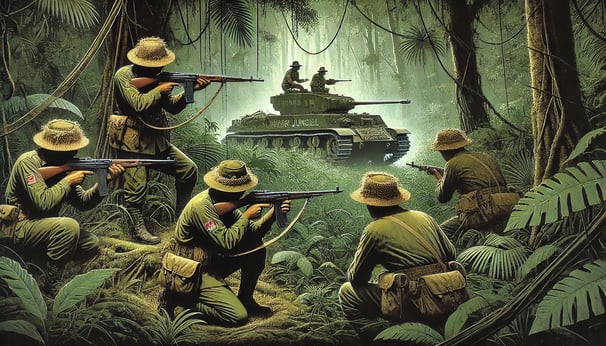

Stewart’s training regime, if adopted across the British forces, would have made a significant difference in the preparedness of troops to face the Japanese in jungle conditions.
Ignorance at the Highest Levels
The Dismissal by Senior Command
Despite Ian Stewart’s efforts, his approach was dismissed by many senior officers, including General Percival and Brigadier Torrance. Torrance famously referred to Stewart’s ideas as the work of a “crank,” and they were not taken seriously. This attitude prevented the wider adoption of Stewart’s tactics, which could have significantly improved the British military’s preparedness for jungle warfare.


Despite Ian Stewart’s efforts, his approach was dismissed by many senior officers, including General Percival and Brigadier Torrance. Torrance famously referred to Stewart’s ideas as the work of a “crank,” and they were not taken seriously. This attitude prevented the wider adoption of Stewart’s tactics, which could have significantly improved the British military’s preparedness for jungle warfare.
Tactical Realities in the Jungle
The Importance of Road Control in Jungle Warfare
Key Points from Stewart’s Tactical Analysis:
Limited Communication: Without radios or effective communication systems, control of roads became essential.
Encircling Attacks: Japanese forces would likely cut off road access to disrupt the British command structure.
Scattered Forces: Once the roads were compromised, British forces would be scattered into the jungle, losing all cohesion.

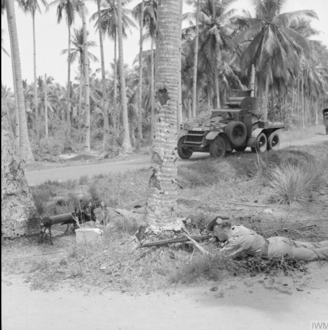
Stewart’s prediction of Japanese tactics proved accurate, but without a comprehensive plan to defend the key roads, British forces found themselves vulnerable to encirclement and isolation. Stewart’s Tiger Patrols—small units designed to ambush enemy forces—could have been an effective countermeasure, but they were never fully implemented.
Stewart’s analysis of jungle warfare emphasized that control over roads would be the deciding factor in jungle combat. In the dense jungle, movement and communication were limited, making roads the primary avenue for both troop movements and supply lines. He accurately predicted that the Japanese would focus on controlling these roads through encircling attacks, a tactic that would prove devastating during the actual campaign.
Innovative Tactics Ignored
Tiger Patrols – A Missed Opportunity
One of Stewart’s most innovative ideas was the creation of “Tiger Patrols,” small units trained to conduct deep jungle ambushes. These patrols would have been invaluable in countering Japanese road control tactics, as they could disrupt enemy communication and morale. However, despite the success of similar ambush tactics at Gemas, Tiger Patrols were never widely adopted by the British forces.


Stewart’s Tiger Patrols were an innovative idea that could have provided the British with a tactical advantage in the jungle. Unfortunately, without widespread adoption, the potential of these patrols was never fully realized, contributing to the overall failure of the British defense.
Tiger Patrol Tactics:
Small Unit Ambushes: Teams of 3 to 5 soldiers would lie in wait to ambush enemy patrols or supply lines.
Disrupting Control: The goal was to strike at key points to disrupt the enemy’s control over roads and supply chains.
Morale Impact: By constantly threatening Japanese movements, these patrols would have undermined enemy confidence.
Conclusion
Lieutenant Colonel Ian Stewart’s Tiger Patrols were an innovative approach to jungle warfare during the Malayan Campaign, providing one of the earliest examples of small, highly trained units operating in hostile terrain to disrupt enemy forces. Though these tactics were not fully utilized during the campaign, they laid the groundwork for future special forces operations. The principles of stealth, mobility, and targeted ambushes would later be adopted by elite units such as the Special Air Service (SAS), particularly in the North African campaign and beyond.
These patrols demonstrated how small teams could inflict significant disruption on larger, conventional forces, a concept that has become central to modern special operations. The legacy of the Tiger Patrols continues to influence how militaries approach unconventional warfare today.
Next Episode
In the next episode, we will explore how these early jungle warfare tactics evolved into the foundation for the SAS’s operations. We will delve into how the methods pioneered by Stewart and his Jungle Beasts became the basis for the SAS’s jungle warfare tactics, shaping the future of special forces in World War II and beyond.
How You Can Help
Donations and Sponsorships: We are seeking corporate sponsorships and donations to fund ongoing restoration projects and educational programs. Your support can make a significant difference in maintaining the quality and impact of the museum.
Volunteer Opportunities: If you have expertise or time to offer, consider volunteering with us. There are many ways to get involved, from artifact restoration to educational outreach.
Spreading the Word: Share this blog and our mission with your network. The more people who know about the JEATH War Museum and its significance, the greater the impact we can achieve together.
The St Andrews Research Team is dedicated to preserving the legacy of the Thai-Burma Railway and the memories of those who suffered. We need your support to continue our work. There are several ways you can help:
Join the Cause!
If you or someone you know is interested in supporting this cause, please get in touch.
This is a chance to be part of something truly meaningful and impactful.
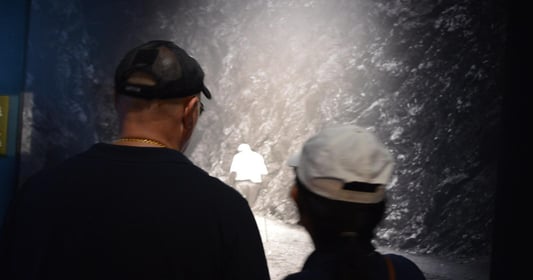

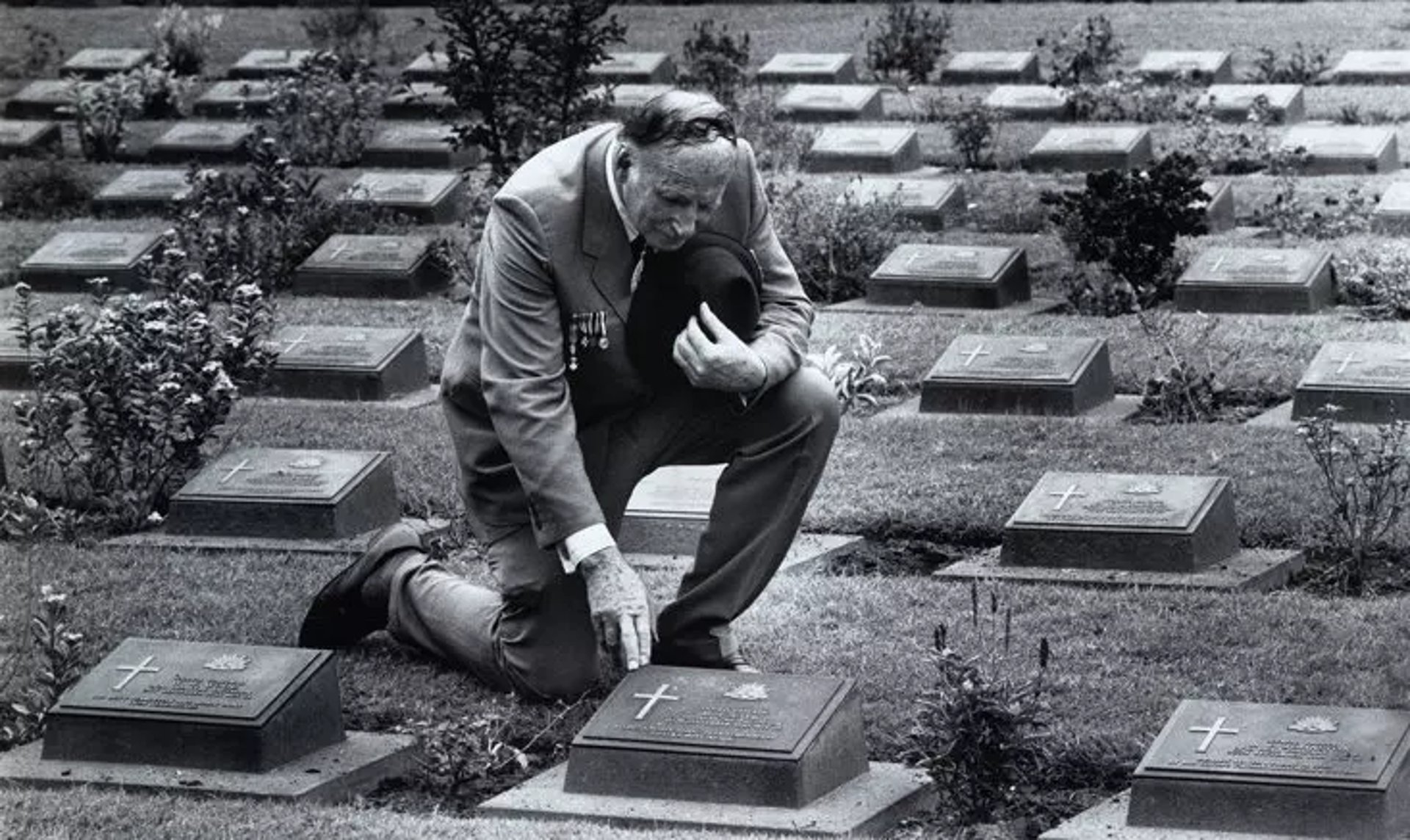
Together, We Can Make a Difference!
This is a veteran-run project, and we need your help to make it happen. Stand with us in honoring the legacy of the POWs and ensuring their stories are never forgotten.
